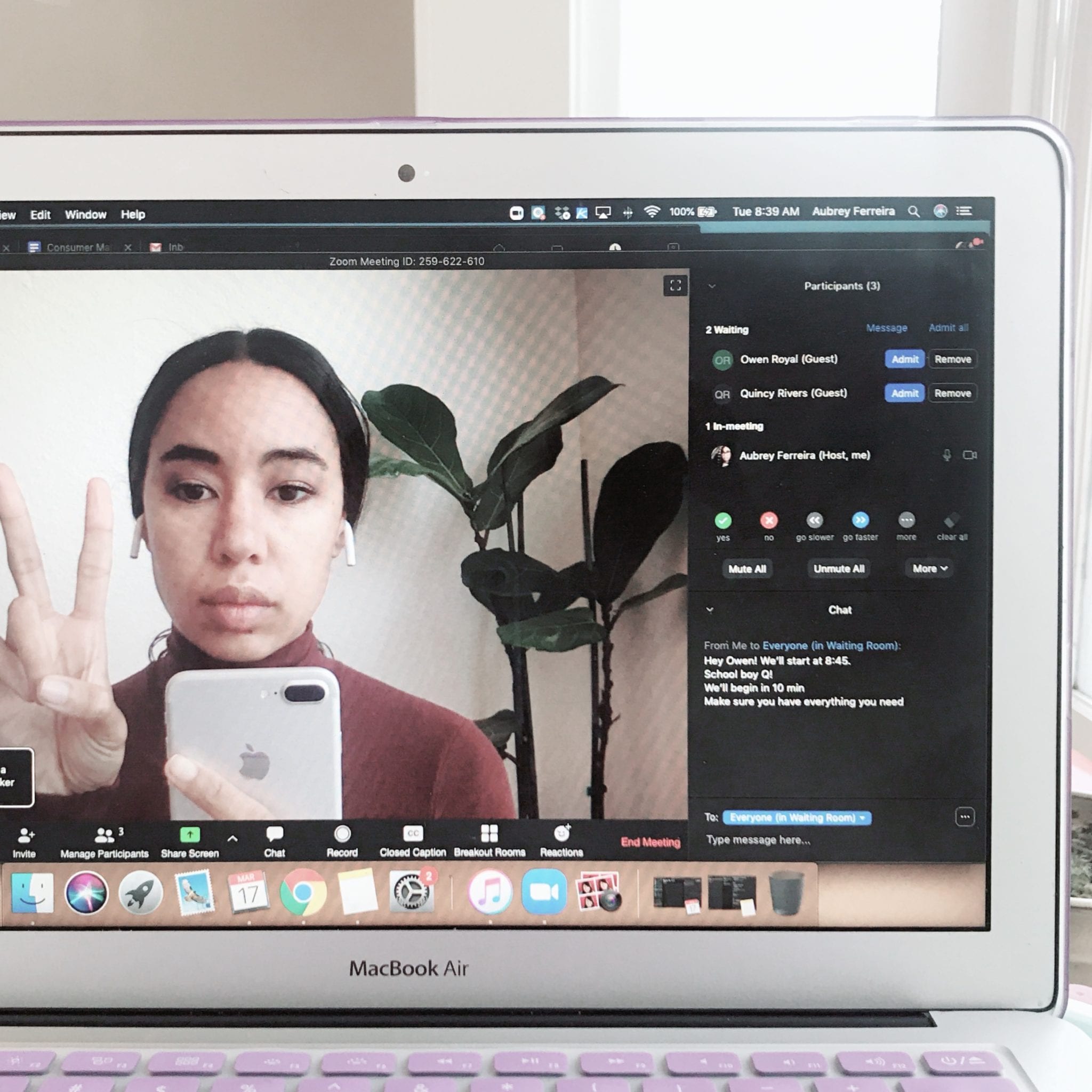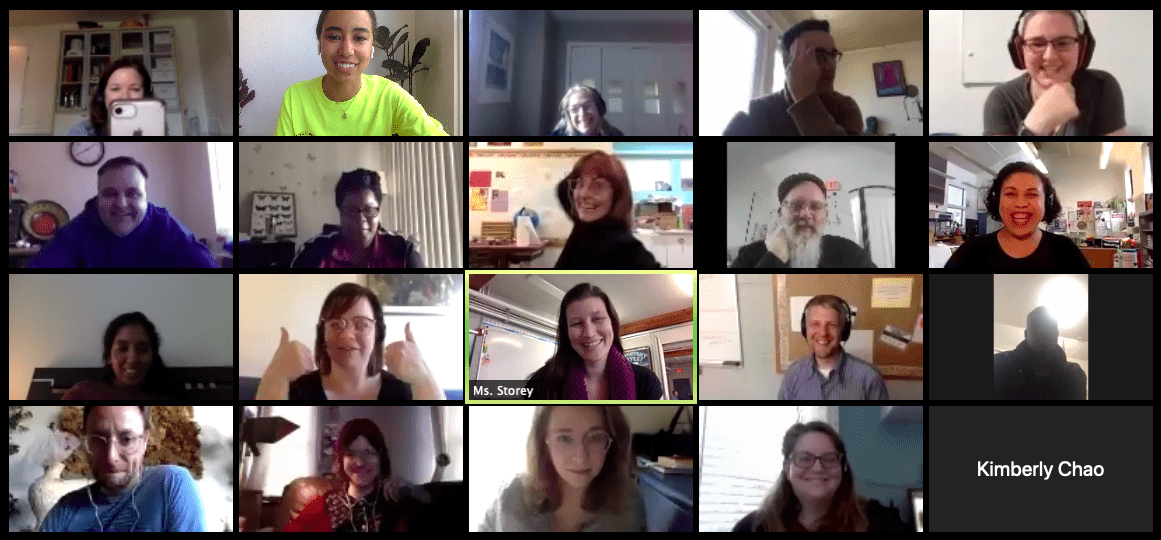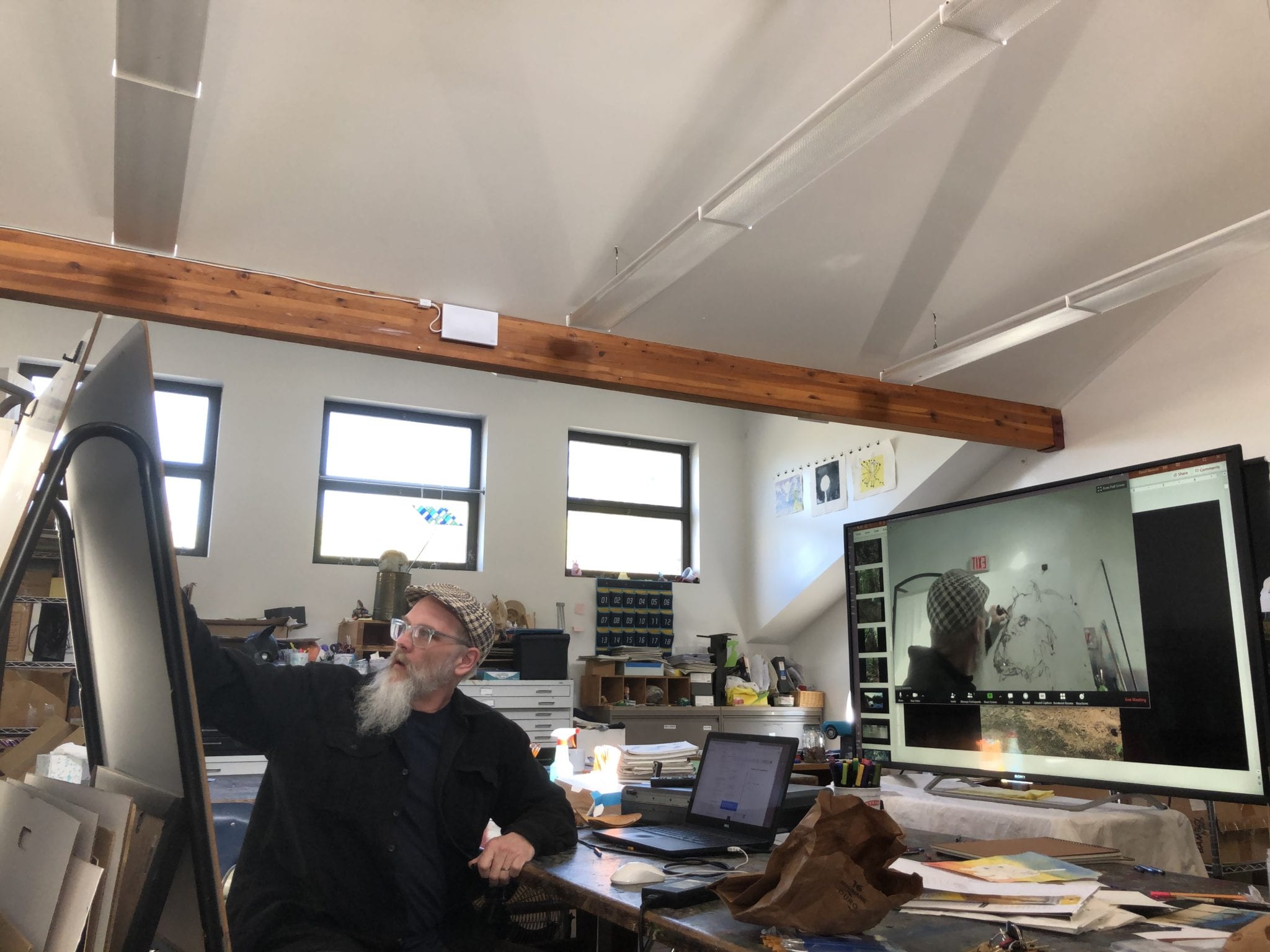 Special Education is always tricky. Ask any effective Special Education teacher. They’ll tell you that they’re constantly innovating, questioning the norm, reinventing lesson plans, and trying new things. At Bayhill High School, our expert faculty think outside of the box to create multimodal teaching techniques that work for students with various—and often layers of—learning differences. Perhaps this is why we were able to transition to remote learning so gracefully, quickly, and efficiently.
Special Education is always tricky. Ask any effective Special Education teacher. They’ll tell you that they’re constantly innovating, questioning the norm, reinventing lesson plans, and trying new things. At Bayhill High School, our expert faculty think outside of the box to create multimodal teaching techniques that work for students with various—and often layers of—learning differences. Perhaps this is why we were able to transition to remote learning so gracefully, quickly, and efficiently.
Our first priority was to keep everyone safe and healthy.
We did our research. We were one of the first campuses to close our physical doors to mitigate the spread of COVID-19. But before we did that, we knew that somehow we’d have to keep every invaluable school day intact. To prevent our students from missing out on consistent lessons that result in genuine, long-lasting understanding; to prevent any of our students from becoming credit deficient; and to ensure that our beloved Class of 2020 would graduate on time—we knew that the show must go on.
How could we hold both paradoxical necessities at once? Embracing the need for social distancing and our obligation to provide our students with the fair and appropriate education that they are entitled to? We knew we would have to accept the adversity which would require us, in an instant, to evolve. Little did we know that our ongoing work as flexible, child-centric, innovative and results-driven educators had been preparing us for this moment.
At Bayhill we see challenges as opportunities and remote learning was no different.
A student failing out of public school, for example, is an opportunity to look more closely at that teenager’s needs. Often unsavory behaviors are a teen’s way of asking for help. Investigating and analyzing the results, we teach ourselves about this particular student’s learning style. Then we invent teaching modalities that allow that child to thrive. Every child can learn. It’s our job as educators to determine how we need to teach them. That’s why we lean toward the expression learning difference over disability. We believe that every challenge is an opportunity for growth.
Transitioning kids with learning differences to a remote learning model.
Fast-forward to today. All school campuses will remain closed through the end of the school year because of the spread of coronavirus world-wide. The New York Times suggests that this “sudden shift” is presenting “educators with perhaps the largest challenge of their careers.” Bayhill High School is up for the challenge. Even in this “disastrous scenario,” we continue to thrive.
Here’s how: All classes remain in session using technology that allows us to meet our students in online meeting rooms. Each teacher sees each of their students everyday and administrators float from class to class checking in on us, seeing what we need, providing extra care and support.
 We’ve been pushing our imaginations further to dream up new ways of creating and delivering real-time, engaging, online lessons.
We’ve been pushing our imaginations further to dream up new ways of creating and delivering real-time, engaging, online lessons.
We use Zoom, Google Classrooms, Google Drive, Gmail, Quizziz, Jupiter Grades, Slack, Social Media and more. This “cocktail” of digital apps, which continues to grow and evolve as we do, allows us to translate our school-wide excellence into this new digital landscape. It helps us gamify online learning experiences to keep our kids engaged. It allows us to communicate and troubleshoot as a staff quickly and efficiently. Most importantly, it lets us #stayhome and continue to show up for each other as a community at the same time. Every teacher and administrator has stepped up to the plate.
Making Remote Learning and Online Classes Work for all Students
We’re not just up there swinging away at the curve balls life throws at us, we’re actually moving around the bases and sometimes even knocking it out of the park. We’re winning.
We’ve gotten computers and internet to our students who didn’t already have them at home. Our Therapists and Counselors continue to engage and encourage our most at-risk students. Biology classes are completing digital labs to bolster their understanding of Enzyme Controlled Reactions. History classes are reflecting on the historical nature of this present moment in a collaborative online journal of student and staff stories. PE classes are learning Tai Chi to calm restless energy.

The Bayhill way is so much more than workbooks and print-outs. Our student population would not be successful if we just sent them home with a packet of work to complete independently due at the end of the year.’
Multimodal teaching is key for online learning
We built our program on multimodal teaching, 1-to-1 academic support and remediation, speech and ed therapy services, as well as mental health services for kids who need them—and we’re going to keep it that way.
At BHS, our students still dress-up, act, cook, invent, construct, draw, and dissect to learn. Our teachers still collaborate within and between departments so that our lessons can work together to further student comprehension of complex concepts. Play-based, kinesthetic, active learning techniques continue to be ubiquitous. We continue to create and curate innovative educational experiences for our students with learning differences so that they can realize their full potential in high school, college and beyond.
To keep up with this new digital landscape and our remote teaching journey, follow us on Instagram and Facebook. Share widely and consider donating to help support our special education organization. Together, we got this.
___
Aubrey Ferreira wrote this post.
